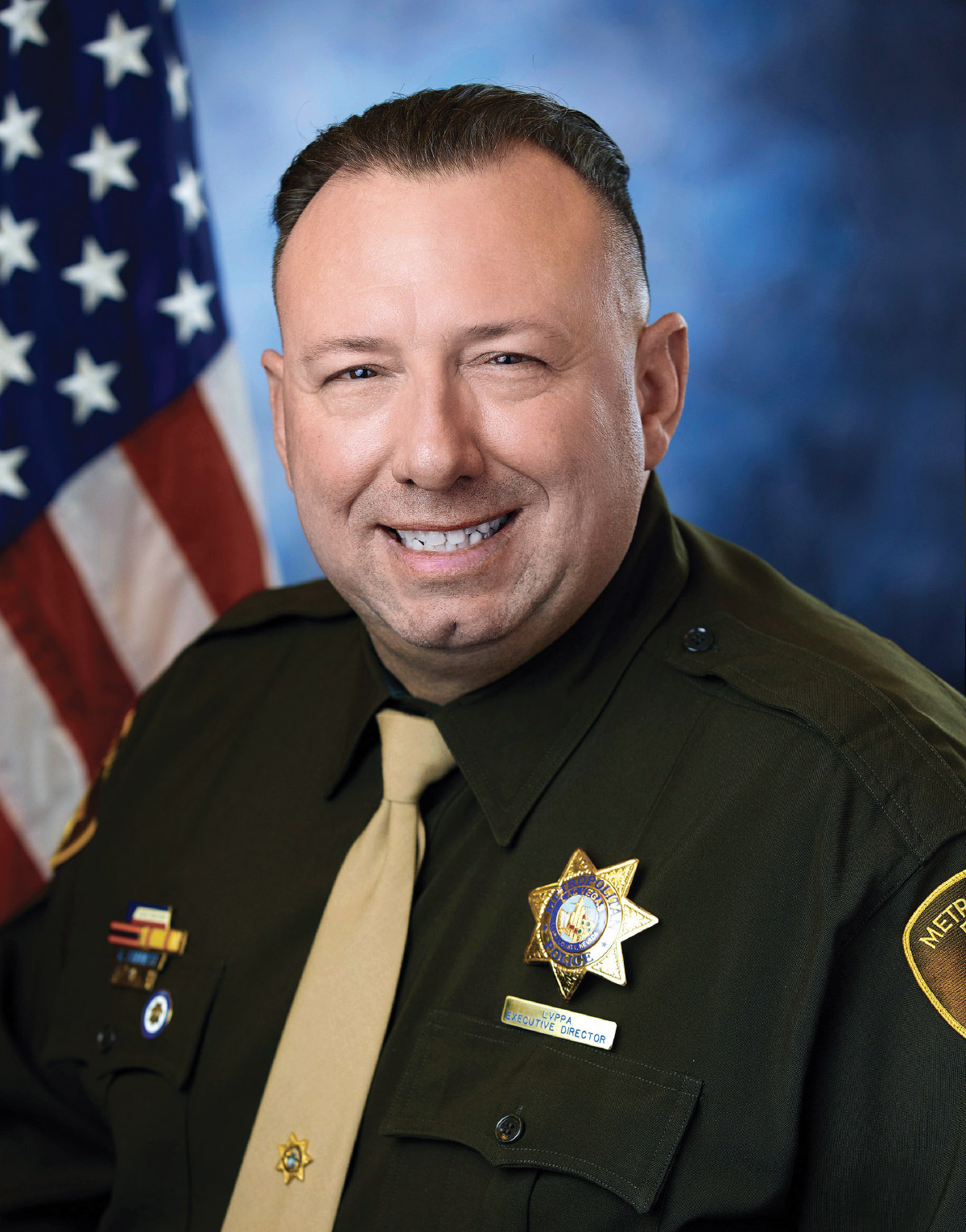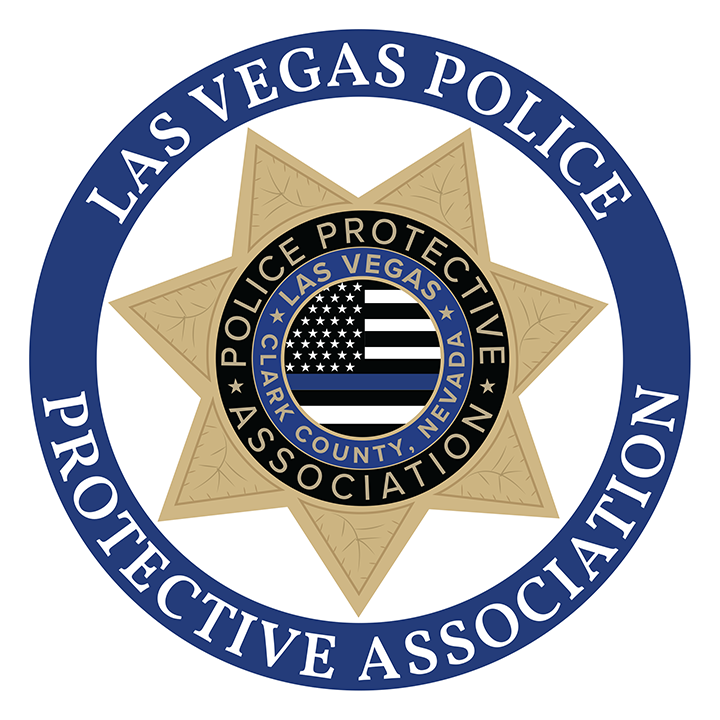
Secretary
“Shots fired.” Have you heard those two words broadcast over the radio? If so, you know the flood of emotions and thought processes running through your mind as you race to your partners who are in the middle of it. Sometimes it is unexpected. Sometimes there is a degree of buildup, and it is not much of a surprise.
Pushing a black-and-white is without question the most dangerous job in this department. The purpose of this article is to provoke forethought regarding advanced patrol tactics. What will you do in the seconds and minutes after you pull the trigger and broadcast that radio traffic? What do you expect from your squadmates? What additional radio traffic can you push out to positively affect that? And lastly, I will reiterate how important the role of a “monitor” officer is.
Tabletops, mental rehearsals, role playing, scenario-based training — regardless of what you call it, the simple act of mentally preparing yourself for a critical incident is crucial. Although we always strive to improve, our department does an outstanding job preparing officers for shoot/no-shoot scenarios.
One often overlooked aspect of mental rehearsals is the moments after an OIS has occurred. What information do you need to push out over the radio to everyone from the dispatcher to your squadmates to your supervisors and anyone else who may be in the area or on the channel? What do they need to know to properly respond to help you? What would you want to hear while you are rolling code to help?
Communication is key. Articulate what has happened or is still happening and what you need. Now that you have broadcast “Shots fired!”, what are you going to say next? Here are some considerations.
Is the suspect down? Is the suspect in custody? Have you or your partner been shot or seriously injured? If so, what do you need right now? Do we need to form a downed officer rescue team? Do you need to have a black-and-white stage to drive the officer to a waiting ambulance? Do we need to get the injured officer into a black-and-white and directly transport them to UMC? Do you want medical to respond directly or hold short? Are there any suspects outstanding? Is the situation still dynamic? Do you need rifles/long guns? Are you inside a residence? If so, has it been cleared? Do we need to have an arrest team established? Are there other potential suspects who you are holding at gunpoint? Has your OIS turned into a barricade? Is the suspect inside a vehicle? Are you holding on the vehicle from a position of advantage? Which way is the bad guy’s vehicle facing? How would you want responding units to approach you to mitigate a crossfire? Do we need to shut down roads? If so, which ones? Are you inside a messed-up apartment/condo complex that is difficult to find? If you know that, what can you say to help responding officers find you — e.g., which entrance gate to use? Geographically, which corner of the complex are you in? Which building are you in, in relation to where your patrol car is parked? Are there plainclothes/detectives on the scene? If so, it is critical to broadcast that information to prevent a blue-on-blue scenario. The possibilities of what may need to be articulated and what resources may be needed in the immediate moments after an OIS are endless. That is the great part of mental rehearsals: You can create any scenario imaginable and formulate your response to it.
Let’s switch roles now. You are on patrol and hear “Shots fired” broadcast. You, along with everyone else in the area, are hauling ass to get to the scene. When you arrive, the on-scene supervisor assigns you to be the “monitor” for the shooting officer. What exactly does that mean?
LVMPD policy (3.110.3) defines a monitor officer as: “A designated officer who is NOT involved in the use of deadly force and whose responsibilities are to prevent discussions regarding the incident among subject officers, witness officers, witnesses, and with other individuals who arrive at the scene prior to the Force Investigation Team (FIT).”
Simply put, for the next hour or so, your role as a monitor officer is probably the most important on scene. Do not forget to put the situation into context, and do not overlook how critically important your new role is. Recognize the fact that the officer you are assigned to monitor has just been through a life-altering event. The officer you are assigned to monitor was just in a situation where their life, their partner’s life, a citizen’s life or any combination of the above was in jeopardy of no longer existing on this earth. Your job as a monitor officer is to create an environment where the officer can sit to gather their thoughts unmolested.
By nature, we want to talk about what we just experienced. We are taught to debrief events and talk about what tactics were used. What worked well and what didn’t? We want to hear about our peers’ perspective on what we just experienced. As a monitor officer, your role now is the opposite. It is your responsibility to recognize if the officer begins to talk about what they just experienced and to remind them that right now is not the time for that discussion. It is also your responsibility to ensure that fellow officers do not broach the subject of what happened. It is perfectly OK for us to check on our peers and offer words of encouragement and support. Having said that, as the monitor officer, it is your responsibility to shut down any conversations or potential conversations regarding the details of the OIS, regardless of the rank and tenure of the person engaging the shooting officer.
Researchers have recognized that our minds have not completely processed what happened in the immediate moments after an OIS. The Department has the right to compel witness officers to discuss conversations they had with the shooting officer, as well as to recollect comments the shooting officer made.
Understand that from the moment we are notified of an OIS, our attorney is en route to the scene. The first person the shooting officer should speak to about what just happened is the attorney. As the monitor officer, make sure that body-worn cameras are turned off. If you are sitting inside a sled, consider offering to shut down the MCT and turn down the work radio to afford the shooting officer some time to decompress without having to see the ongoing updates and listen to the continuing radio traffic.
The PPA has worked tirelessly to ensure that your squads receive training days. Please take advantage of them. Consider preparing not only shoot/no-shoot scenarios, but also what you should do in the moments after. As a supervisor, speak to your squad regarding what you are mentally preparing for as you respond to the event so your troops can work those problems ahead of time. If you have ever been a shooter in an OIS, and you are of a mind to, speak to your squadmates about what you experienced and what you would do differently (if anything). But above all else, train.
I write this article eight days before the one-year anniversary of the day Police Officer Truong Thai was murdered. Thai had been a cop for 23 years and was pushing a sled on the yard in Nora Area. Thai could have worked in whatever admin assignment he wanted, but he chose to hump calls in one of the most dangerous areas of our community. Not much more needs to be said about that cat.
Thank you to the men and women who hang it on the line every day for our community. The citizenry truly has no idea how incredibly dangerous this job is nowadays. Godspeed, Thai, and continue to watch over the sheepdogs.
Stay safe.

